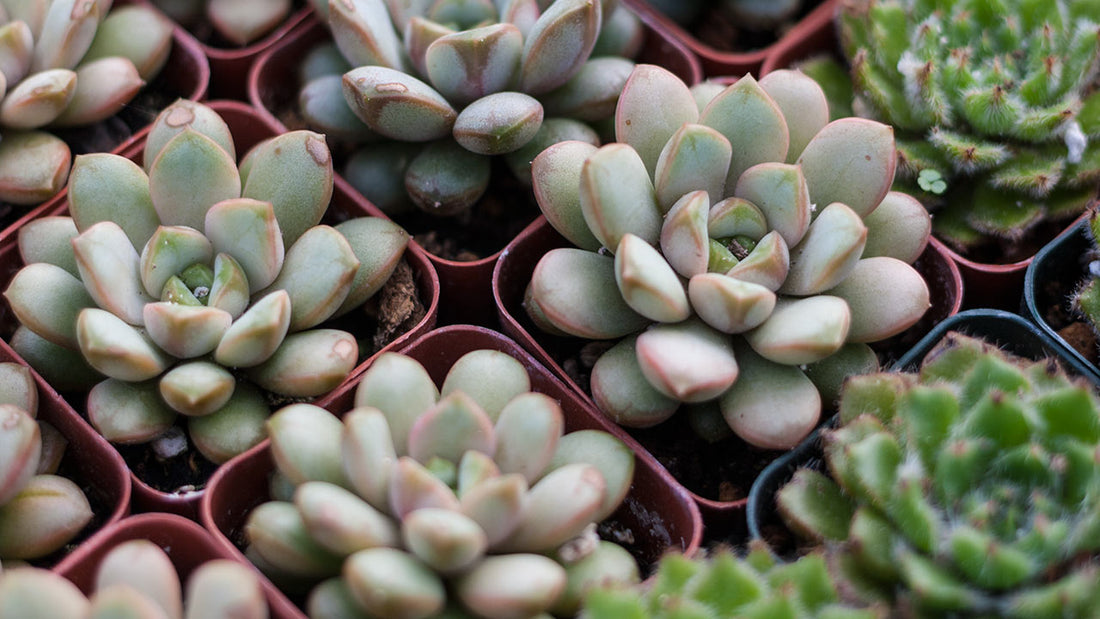Wildfires are racing through the West this summer and gardeners are looking at their yards, wondering how many of their trees and plants are fire-resistant. In our video about fire safety, Tricia explains the principles of defensible space around homes, and demonstrates how to prune trees and clean up your yard to make fire less likely. If you'd like to follow her lead, you might want a firefighter's pulaski, pole pruner, loppers, and a fire tool.
Spend some time in your garden, measuring the 30-foot defensible zone where you should have only water; hardscape; and fire-resistant groundcovers, flowers, plants, and trees.
You don't need to remove all the highly flammable trees and plants in your landscape, but try keep them at least 30 feet from your home. Your local Master Gardeners will have good information about the fire-resistant plants that grow well in your area.

Hardy Succulents Contain Their Own Fire Extinguishers
Look at the fat leaves of that sedum in the photo. Succulent = juicy, and plants in the succulent family contain plentiful water in their full leaves. People often think of succulents as plants for warm, coastal areas, but we have a whole book about succulents that grow in climates down to -20°F. Consider the well-known hens and chicks (sempervivums), sedums, ice plants, agaves, jade plants, and yuccas. Use succulents in the 30-foot defensible zone next to your house, and try low-growing succulents in the firebreak area beyond that.
More Fire Resistant Plants & Trees
Evergreen shrubs and trees can give you greenery and resist flames too. You may already have daphne and rhododendron in your garden. Some conifers are fire-resistant, surprisingly enough, like Ponderosa pine (due to its thick bark).

Flammable Plants
Tricia is standing in front of a flammable Mugo pine (she's holding a tender succulent, an aloe, which would be a good warm-climate choice for a defensible area). Trees and plants with oils and resins (like the Mugo pine) can turn into torches when ignited. Many beloved plants of the western United States are in this dangerous group. If you want them in your landscape, keep them 30 feet from your home. Don't just pull out plants and trees wholesale, but swap them for fire-resistant plants that will continue their good work of erosion control and soil protection. For instance: * Brooms of all kinds are flammable shrubs that pop up uninvited in many yards. Consider replacing them with California natives, like blue-flowering California lilac (Ceanothus), or toyon. * Eucalyptus, from Australia, is a terrific fire fuel -- substitute a native madrone or oak. * Most conifers are demons in a fire. Near your home use fire-resistant trees like Western redbud or one of the native dogwoods.

Make an evacuation plan
House fires can start with wind-borne embers from distant flames -- so you will be at risk even if a wildfire doesn't roar down your road. Prep the exterior of your house to be as fire-safe as possible. Calfire also has clear instructions for making a family evacuation plan.
Stay safe this fire season, and beautify your yard with fire-resistant plants and trees.
For more information on gardening with native plants, visit our Resource Center.



